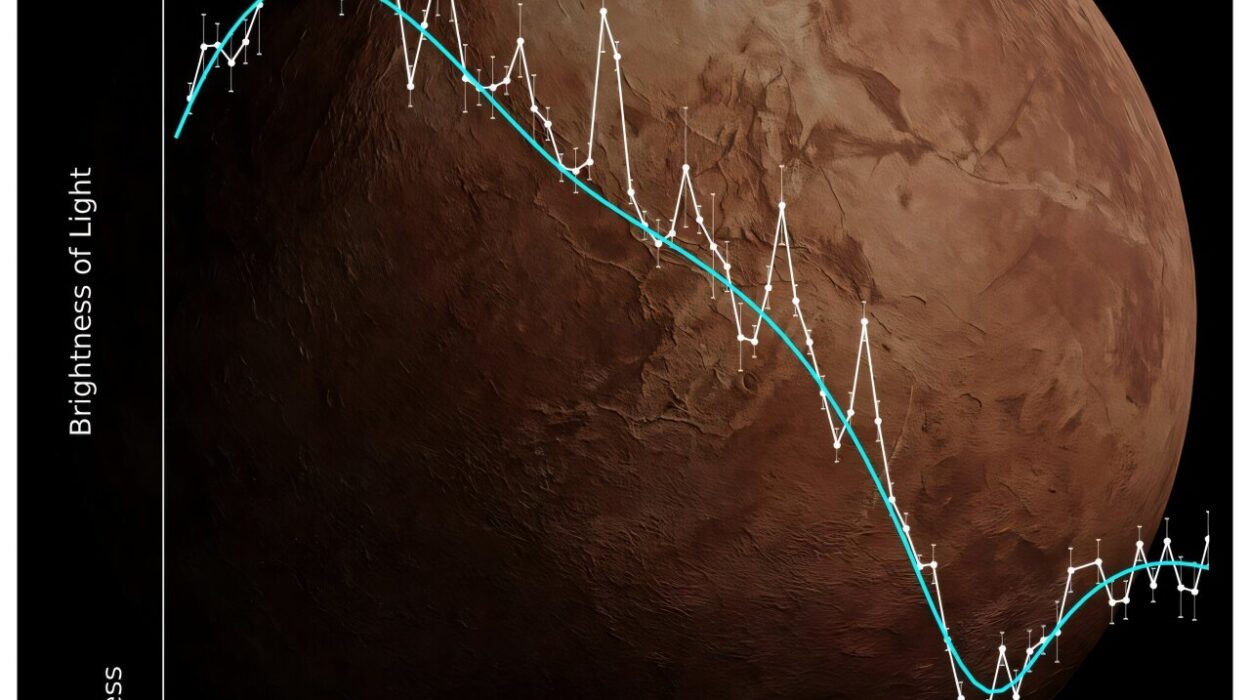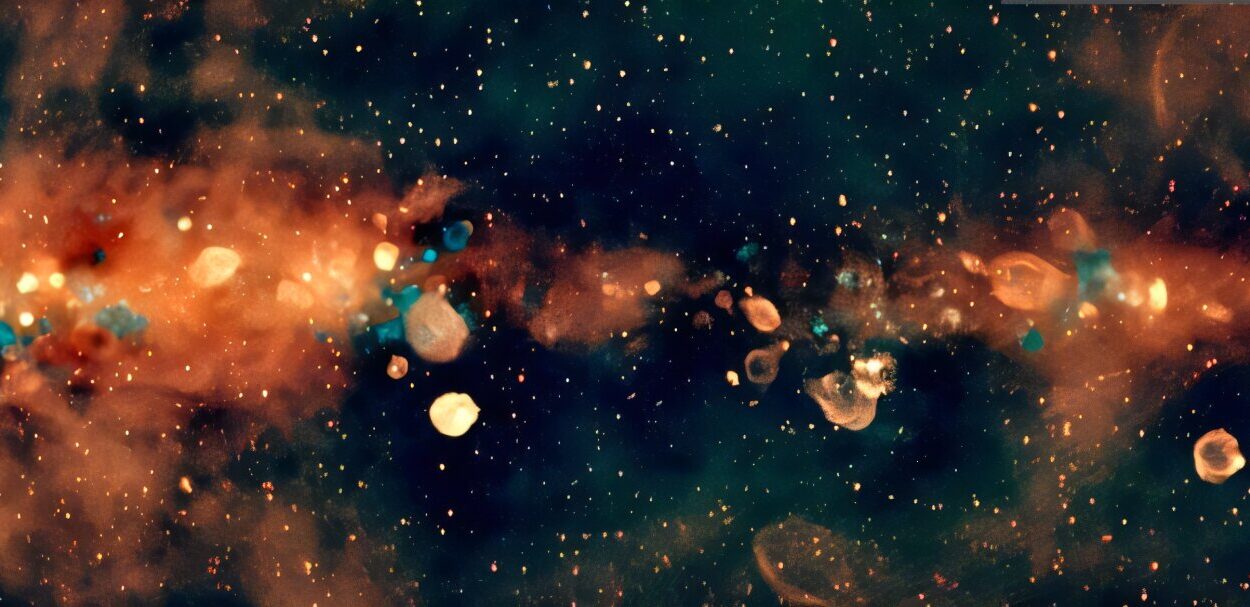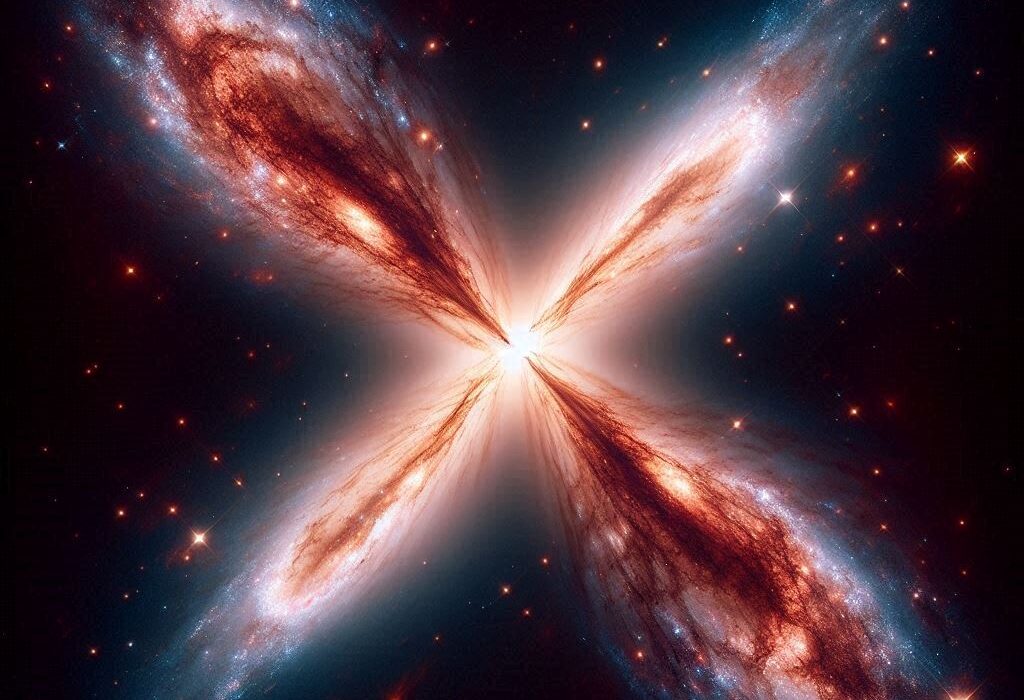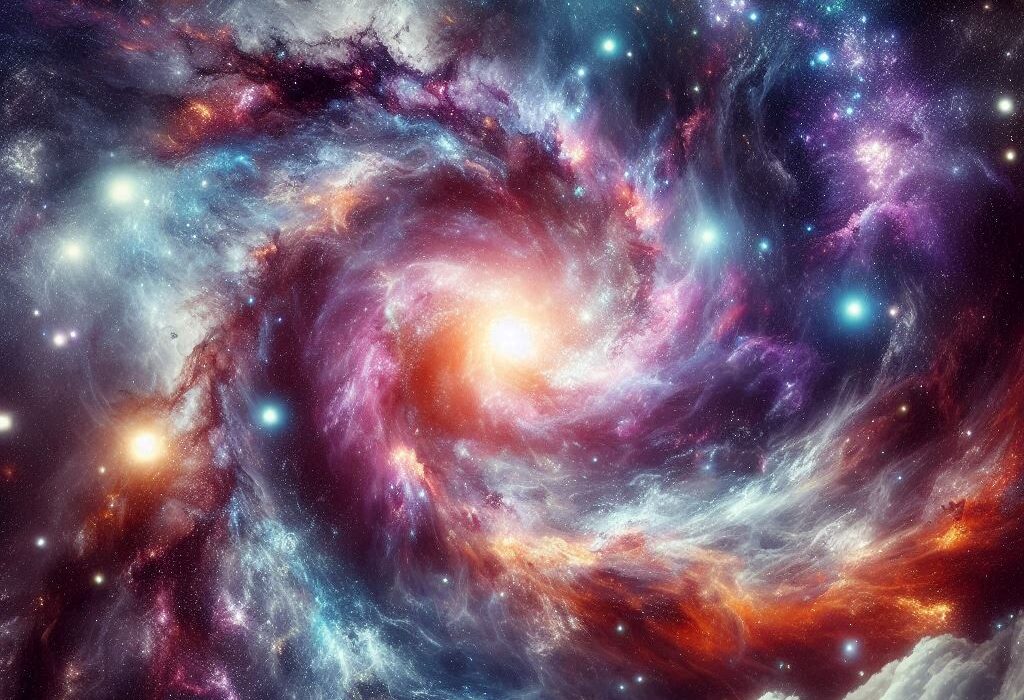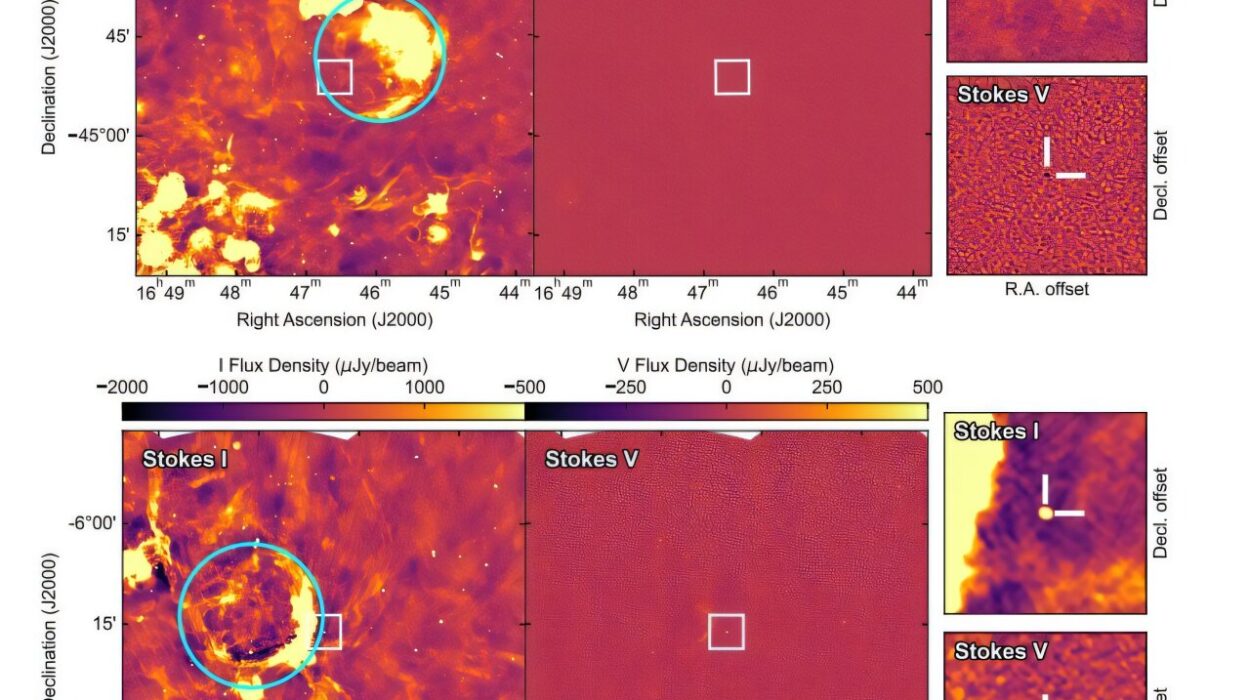Jupiter, the behemoth of our solar system, is a planet of superlatives. It is the largest planet by far, with a mass more than twice that of all the other planets combined. But beyond its swirling clouds, its Great Red Spot, and its powerful magnetic field lies something even more astonishing—a miniature solar system all its own.
Jupiter’s moons, over 90 confirmed and counting, represent one of the most complex and intriguing subsystems in our celestial neighborhood. These moons range from tiny, irregular space rocks to massive worlds with their own internal oceans, active volcanoes, and even atmospheres. Some of them challenge our very definitions of what a moon can be. Others are tantalizing candidates in the search for extraterrestrial life.
To understand Jupiter’s moons is to step into an entirely new planetary system, orbiting the gas giant like planets orbit a star. In this hidden solar system, we find frozen tundras, underground oceans, volcanic hellscapes, and ancient relics of the early solar system. This is not just a collection of rocks circling a planet. It is a living, dynamic, and deeply mysterious ensemble of worlds that has captivated astronomers for centuries—and continues to surprise us with every new discovery.
The Discovery: Galileo’s Telescope Changes Everything
The story of Jupiter’s moons begins in 1610, when Galileo Galilei pointed one of the first telescopes at the night sky and made a discovery that would forever change our view of the cosmos. Through his crude but revolutionary device, he observed four tiny points of light near Jupiter that seemed to move night after night. At first, he thought they were background stars. But as he tracked them, he realized they orbited Jupiter.
These four moons—now known as the Galilean moons: Io, Europa, Ganymede, and Callisto—were the first objects discovered to be orbiting a planet other than Earth. The implications were enormous. If moons could orbit Jupiter, then perhaps not everything revolved around the Earth. Galileo’s discovery struck at the heart of the geocentric model and helped pave the way for the heliocentric understanding of our solar system.
Today, Galileo’s four moons are still the most famous of Jupiter’s many satellites, but they are just the beginning of a vast and diverse collection of celestial bodies.
Io: The Volcanic Heartbeat
Among the Galilean moons, none is more dramatic than Io. Slightly larger than Earth’s Moon, Io is the most volcanically active body in the solar system. Its surface is dotted with hundreds of active volcanoes, some of which spew lava dozens of kilometers into space. The surface is a swirling canvas of yellows, reds, and whites—colors produced by various sulfur compounds erupting from its interior.
This volcanic fury is not powered by radioactivity or residual heat from formation, as on Earth, but by tidal forces. Io is locked in a gravitational tug-of-war between Jupiter and the other Galilean moons. As it orbits Jupiter, the immense gravity stretches and squeezes Io, creating internal friction that heats its interior.
The result is a constantly churning world. Lava flows reshape its surface almost constantly, erasing impact craters as fast as they appear. While other moons bear the scars of billions of years, Io looks brand new in places—reborn by fire again and again.
Io is inhospitable to life as we know it, but it represents a kind of primal energy—an embodiment of geology in its most extreme and violent form.
Europa: The Ocean World
In stark contrast to Io’s volcanic inferno is Europa, an icy moon that hides a secret ocean beneath its frozen crust. Europa’s surface is a smooth shell of ice, crisscrossed by brownish-red streaks—fractures and ridges formed by tidal flexing similar to Io’s, but more subdued.
Beneath this icy shell, scientists are almost certain that a vast global ocean exists, kept liquid by heat generated from tidal interactions with Jupiter. This ocean may be 100 kilometers deep—far deeper than any ocean on Earth—and it could contain more than twice the water of all Earth’s oceans combined.
Europa is one of the most promising places in the solar system to search for life. The ingredients seem to be there: water, energy, and possibly organic molecules. Some researchers hypothesize that hydrothermal vents on Europa’s seafloor—if they exist—could provide the same kind of environment that may have nurtured life on early Earth.
NASA’s upcoming Europa Clipper mission aims to explore this icy world in unprecedented detail. If Europa harbors life, it will rewrite our understanding of biology, planetary science, and our place in the cosmos.
Ganymede: The King of Moons
If Jupiter is the king of planets, then Ganymede is the king of moons. It is the largest moon in the solar system—even bigger than the planet Mercury. With a diameter of over 5,200 kilometers, Ganymede is a fully fledged world, complete with a magnetic field, complex geology, and layered interior.
Ganymede’s surface is a patchwork of bright and dark regions. The darker areas are ancient, heavily cratered terrain, while the lighter regions are grooved and ridged plains, suggesting geological activity in the past. Unlike Europa, Ganymede’s ice shell is thicker and its ocean lies much deeper. But the presence of a subsurface ocean is considered highly likely, and Ganymede may have multiple layers of ice and water stacked like a cosmic lasagna.
One of Ganymede’s most intriguing features is its magnetic field—the only moon known to have one. This field is believed to be generated by a liquid iron or iron-sulfide core, similar to Earth’s. This makes Ganymede not only a subject of interest for planetary geologists but also for studies of magnetic phenomena in the solar system.
Ganymede is vast, mysterious, and complex—a world that could have supported an entirely different evolutionary history if it had formed independently.
Callisto: The Ancient and Quiet One
Callisto, the outermost of the Galilean moons, presents a stark contrast to its siblings. It is an ancient, battered world, covered in craters and scars that speak of billions of years of cosmic impacts. In many ways, Callisto is a time capsule—a relic of the early solar system that has changed little since its formation.
Unlike Io, Europa, and Ganymede, Callisto does not participate in the orbital resonance that drives tidal heating. As a result, its interior is much colder and geologically inactive. Yet, there is growing evidence that even Callisto may harbor a subsurface ocean, buried beneath a thick crust of ice.
Callisto’s surface is one of the most heavily cratered in the solar system. The massive Valhalla impact basin, with concentric rings spanning thousands of kilometers, is one of the most dramatic geological features in the solar system.
Despite its apparent dormancy, Callisto holds scientific value as a contrast to the more active moons. It also has the advantage of being less affected by Jupiter’s intense radiation, making it a potential candidate for human exploration in the distant future.
The Irregular Moons: Captured Wanderers
Beyond the Galilean moons lies a realm of irregular satellites—small, rocky or icy bodies that follow eccentric, often retrograde orbits. These moons are believed to be captured asteroids or Kuiper Belt objects, pulled into Jupiter’s gravity well during the early solar system or through later gravitational interactions.
These moons are grouped into families, based on their orbital characteristics. Some of the most well-known include the Himalia group, the Ananke group, and the Carme group. Most of these moons are tiny, measuring just a few kilometers across, and are far too faint to be seen without powerful telescopes.
Their significance lies in what they tell us about Jupiter’s gravitational influence and the chaotic environment of the early solar system. Studying their orbits, compositions, and origins helps scientists piece together the story of planetary formation and migration.
In many ways, these irregular moons are like a cosmic junkyard—fragments of failed planets, ancient collisions, and lost wanderers that found an eternal home around Jupiter.
Amalthea and the Inner Moons
Closer to Jupiter than the Galilean moons lies a collection of small inner moons, including Amalthea, Thebe, Adrastea, and Metis. These moons orbit within Jupiter’s main ring system and are thought to contribute material to the rings through erosion and impact events.
Amalthea, the largest of these inner moons, is irregular in shape and bright red in color. It is believed to be composed of porous rock and ice, making it one of the least dense moons in the solar system. Its surface is covered in impact craters, ridges, and grooves—evidence of a tumultuous history.
These inner moons are locked in tight orbits and are subject to intense tidal forces and radiation from Jupiter’s powerful magnetosphere. Their proximity to the planet subjects them to continuous bombardment by charged particles, which may slowly erode their surfaces over time.
Though small, these moons play a vital role in the dynamics of Jupiter’s ring system and offer insight into the interactions between moons, rings, and planetary magnetic fields.
The Role of Jupiter’s Gravity
Jupiter’s immense gravity shapes the lives of its moons in profound ways. It locks many of them into orbital resonances, where their gravitational interactions lead to rhythmic patterns that can persist for billions of years. The most famous of these is the Laplace resonance between Io, Europa, and Ganymede, where the orbital periods maintain a perfect 1:2:4 ratio.
This gravitational dance keeps their orbits stable but also generates internal heat through tidal flexing. Without this mechanism, moons like Europa would be frozen solid, and Io would be geologically dead. Jupiter’s gravity doesn’t just hold its moons in place—it gives them energy, movement, and sometimes, violent upheaval.
Moreover, Jupiter acts as a cosmic shield, deflecting comets and asteroids that might otherwise strike its moons—or even Earth. But this same gravity can also act as a cosmic vacuum cleaner, drawing in debris that can impact its own satellites.
In every sense, Jupiter’s gravitational field is the architect of its moon system—a force that builds, sculpts, and sometimes destroys.
Future Exploration: Missions on the Horizon
The next decades promise to bring a renaissance in our exploration of Jupiter’s moons. NASA’s Europa Clipper, scheduled for launch in the late 2020s, will conduct dozens of flybys of Europa, analyzing its surface, ice shell, and subsurface ocean. The mission aims to assess the moon’s habitability and search for signs of life.
The European Space Agency is preparing the JUICE (JUpiter ICy moons Explorer) mission, which will explore Ganymede, Callisto, and Europa. JUICE will become the first spacecraft to orbit a moon other than our own when it enters orbit around Ganymede.
These missions will carry advanced instruments—ice-penetrating radar, spectrometers, magnetometers, and high-resolution cameras—to peer beneath the surfaces of these moons and uncover their secrets.
The potential discoveries are staggering: subsurface oceans, organic molecules, new geological processes, and perhaps even alien life. Our understanding of what a moon can be—and what a world must be to harbor life—may change forever.


